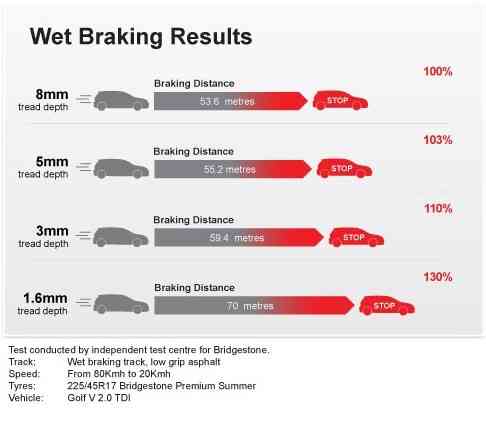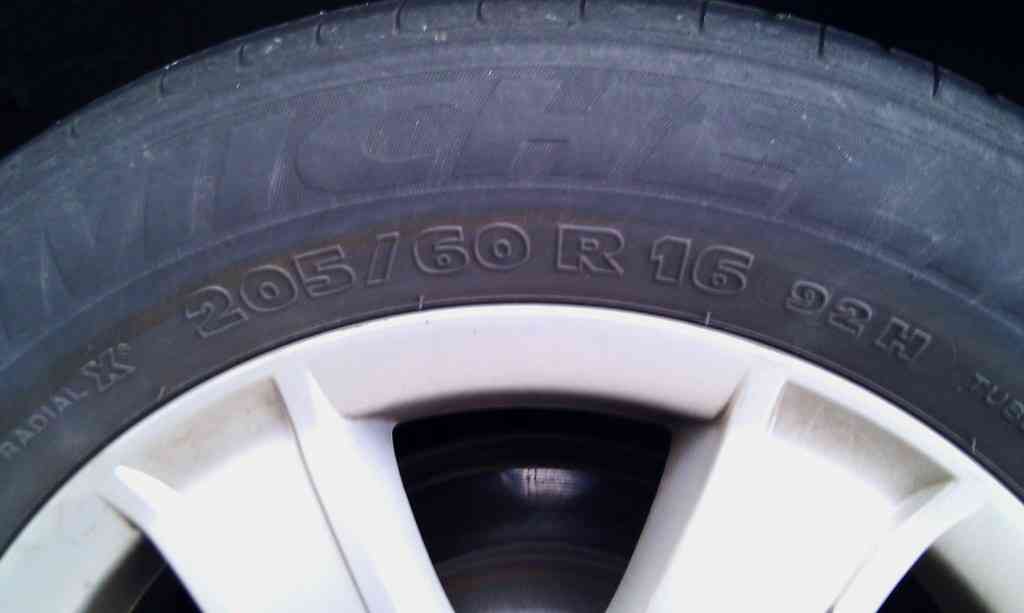The Importance of a Good Tyre for Road Safety
It is of vital importance that your vehicle possesses good tyres. Tyres are the glue that grips your vehicle to the road, which therefore means that they should be maintained at the highest standard.
Tyres have four main functions:
● To provide grip for braking and acceleration
● To support steering and maintain directional control
● To support the weight of the vehicle
● To act as the best shock absorbers for vibrations from the road
To ensure optimum performance and safety, follow these tips below:
Tyre Tread
Tyres need to be checked often to ensure that there is sufficient tread depth and to make sure that there are no punctures or visible damages to the tyres.
Tyre tread is of utmost necessity as its function is to disperse the water that has been amalgamated from wet road surfaces to maintain the grip of your vehicle with the road. Another benefit that good tyre tread has is that it improves both braking distances and fuel efficiency.
To check the tread, why not take the 20p test? All you need to do is insert a 20p piece into the grooves of the tyre, if the outer band (the shiny rim) shows, it means your tyres need inflating as they don’t meet the 1.6mm legal requirement.
As shown above, is a wet braking test result on minimum tread depth conducted by Bridgestone on a Premium Summer tyre for a Golf V 2.0 TDI. This simply illustrates that the better the tread depth, the better the stopping distance will be.

Alignment
Misaligned tyres will greatly shorten the lifespan of the tyres of your vehicle. This is due to wear through uneven scrubbing of tyre tread. Drivers can get the alignment of tyres checked with a laser wheel alignment machine, which will determine whether all the suspension and steering components are in optimal condition.
Pressure
Looking after your tyres and having the correct tyre pressure will allow you to prolong your tyre life and performance. Having properly inflated tyres not only results in maximum contact with the rod, but it also provides drivers with greater grip and increased fuel economy.
Likewise, although there is no universal tyre pressure for tyres, it’s important to look through your manufacturer’s pressure recommendations or on the inside of the vehicle door jamb.
Finding Your Tyre Size
Locating the size of your tyre is quite simple. To find, it all you need to do is find the sidewalls of the tyre and you’ll come across a sequence of numbers, which will illustrate the tyre size of the vehicle, as shown below.

Let’s take a Bridgestone Weather Control A005 tyre for example: 195/65R15 91H
195 – this is the width of the tyre in millimetres
65 – this illustrates the sidewall height, a percentage of the width in millimetres
15 – the size of the rim that the tyre is fitted within, this is in inches
91 – is the load rating of the tyre. So the heavier the vehicle is, the higher the load rating
H – is the speed rating of the tyre. The higher the performance of the vehicle will establish what the speed rating will be.
All in all, it’s extremely important to keep your tyres in check as they are the only components of your vehicle that come in contact with the road itself. If you follow all the tips above and look after your tyres carefully, you’ll be on your way to a smooth ride.
Read more on
We're on YouTube. Are you following us?
Check us out here.Related Stories
Advertisement Advertisement
Advertisement Advertisement
Advertisement

